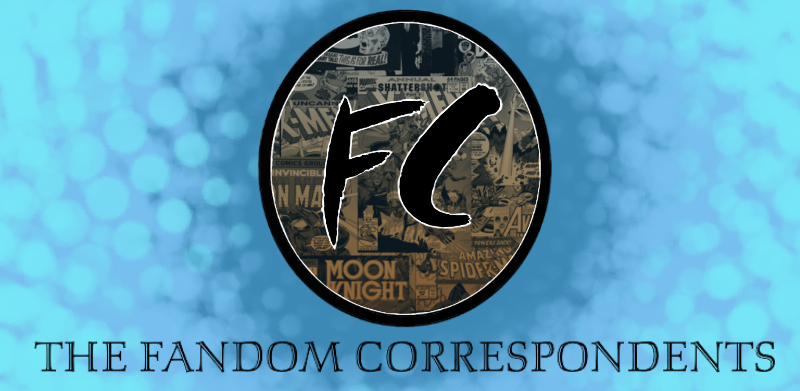If one artistic and entertainment medium has changed the most over the last decade, it’s probably video games. Video games have gotten greater attention in the media as an artform, as a means of non-traditional jobs and careers, as a source of controversy for people who cannot understand the differences between correlation and causation for the life of them, and as an economic powerhouse. In 2018, video games produced over $116 billion (yes, with a b) in revenue, beating out other media like DVD and Blu-Ray, TV, and music. And like any other product that experiences a boom in economic worth, the landscape of the video game industry has changed. Today, the contrasts between AAA high-production games and indie studios are greater yet more nuanced than ever, and companies have adapted to the changing climate of video games and gaming trends by capitalizing on new models for their products. This has led to a new model of video games called games as a service, and I believe the rise of this model has been one of the most significant changes to gaming culture in its relatively short but dynamic history.
The games as a service model technically is nothing new. It’s been around ever since games like Guild Wars and World of Warcraft instituted monthly subscriptions for their gaming servers. However, the model itself has grown to mean many different things over the last 10 years. Games as a service refers to games whose studios release new content for a game over time rather than releasing a single product all at once. Thus, this model can be seen as post-release DLC, regular patches and updates, season passes, updated microtransactions, and any combination thereof. For example, Star Wars Battlefront II, despite its controversial (and honestly pretty trash) release, has demonstrated a great record of steady, quality updates to gameplay from its developer DICE. New campaign missions, multiplayer modes, heroes and villains, factions, and maps have littered the game since its release, most of which have been free updates. Similarly, Overwatch has sustained its playerbase with several new heroes and maps as well as balance patches and regular gameplay events all via free server updates. In this way, the games as a service model helps keep games alive past their release windows by offering new content for players who enjoy the core game but get bored of the basic content. In some ways, it’s been great! Gamers on a budget can hold onto games knowing that they’ll get new content to enjoy in the future, and gamers with more disposable income can get the new games and enjoy all the new content as it comes out while revisiting old (and updated) favorites. But not everything that’s come with this new model has been good.
Like the shadow of the Empire rising from the Old Republic (this article series is an extended Star Wars metaphor if you haven’t noticed), the games as a service model has led to some unfortunate and greedy industry practices that have only recently come under scrutiny. Upon release, games offer season passes for around $20-40 extra that guarantees access to future DLC rather than paying for DLC separately. While this may be a good deal for hardcore fans of a game or franchise, companies have pushed the season pass mechanic on new IPs that players have no idea if they’ll even like enough for future DLC. The rise of microtransactions have become a matter of gaming business that has received national attention from lawmakers. US Senator Josh Hawley plans to propose a new bill to Congress that would ban microtransactions in games targeted at children under the argument that they are a form of gambling being pushed on minors. Other results of the games as a service model, such as Day 1 DLC (extra content released on release day that could have just been a part of the base game), character packs for fighting games (gone are the days of unlocking a character with anything other than your wallet), and “ultimate editions” (versions of games that offer absurd bonuses for absurd prices, culminating with an Assassin’s Creed game offering a $800 dollar ultimate edition of Origins), have all led to gamers considering more carefully where their money is going. Greed is a natural part of almost any big industry, and video games are no different. While some people jump at the chance of Day 1 DLC, others have started to practice more conservative purchasing practices, leading some companies to start limiting their use of some service practices.
Growing up, I had the assumption that if I’m buying a game, I’m buying the whole game. Anything not available to me as soon as I pop it in my console could be unlocked by hard work or cheat codes, and for a while I believed that was the only way to go. Other game critics, such as Jim Sterling and Yahtzee Croshaw, decried the inherent threats of microtransactions, lootboxes, and Day-1 DLC since the very beginning. But developers that have used the service model appropriately have shown us that sometimes, there is more to offer after the initial release. Free service updates and reasonably-priced DLC can make a game really special, and it’s an industry adaptation that makes both economic and entertainment sense. I simply hope that in our eagerness to enjoy the things we love that we don’t lose track of the respect and quality we deserve for dishing out that $60 every other month for games we like. Corporations are corporations, and the only way they’ll really pay attention to our complaints is if we complain with our wallets. The service model can create some great products, but we have a responsibility to rebel when those promises ring hollow. Remember, friends: that game you’re excited about will probably be even better–and cheaper–in a few months.

